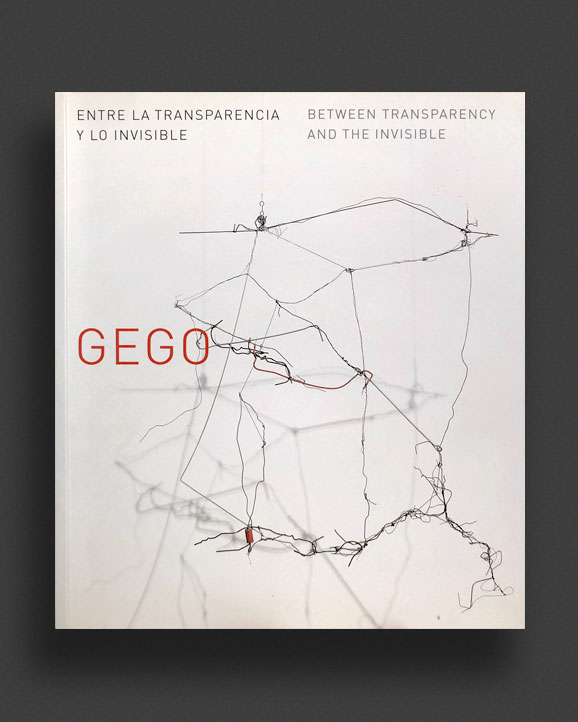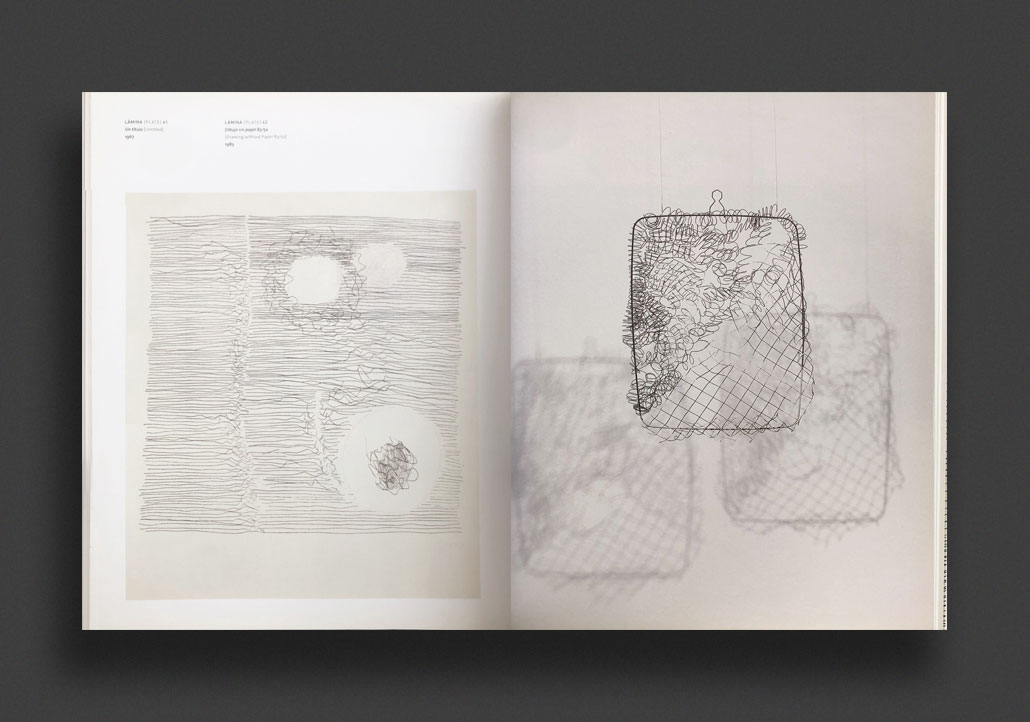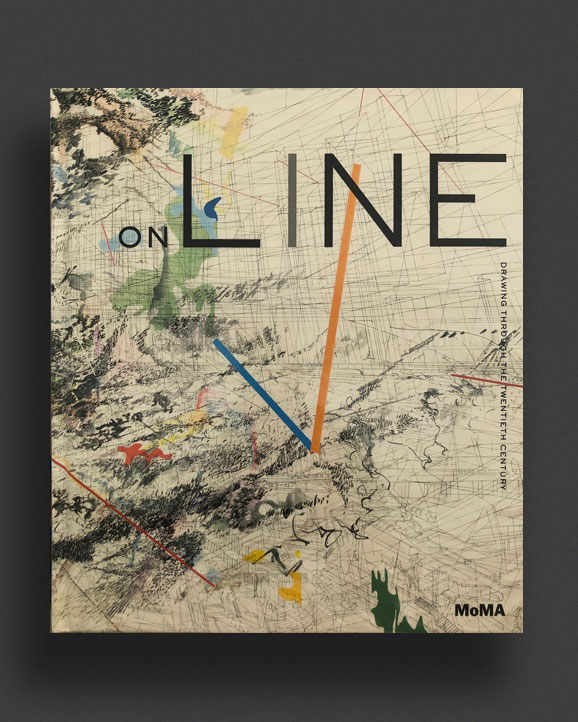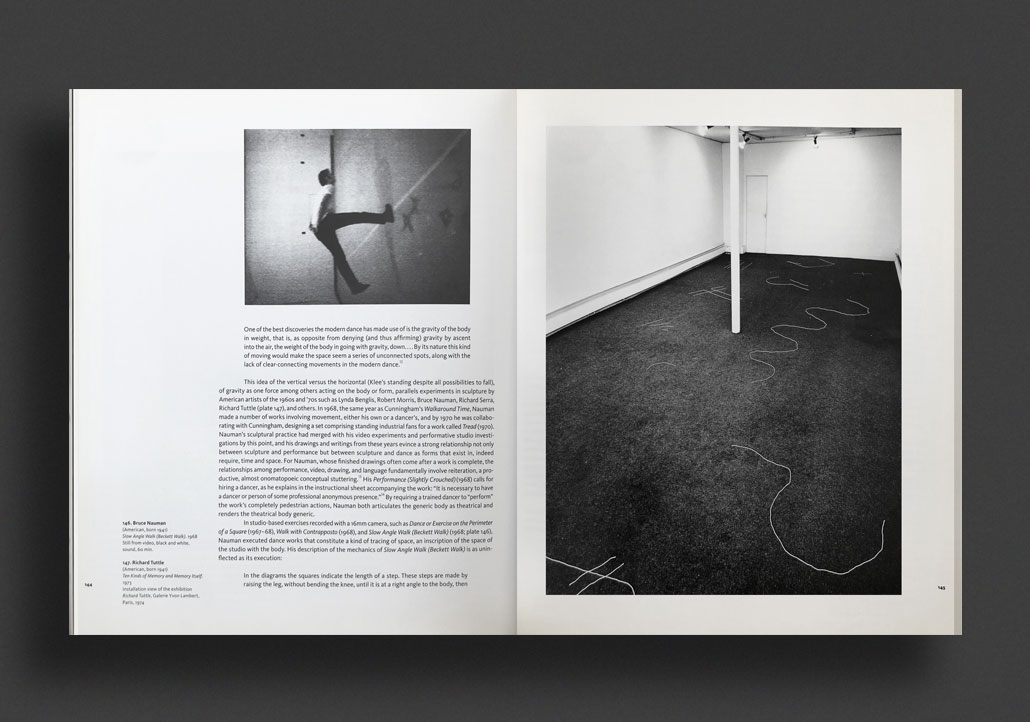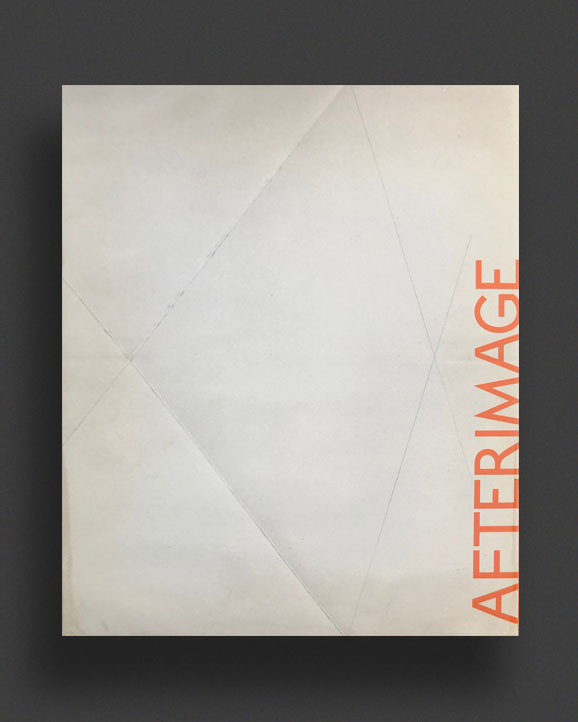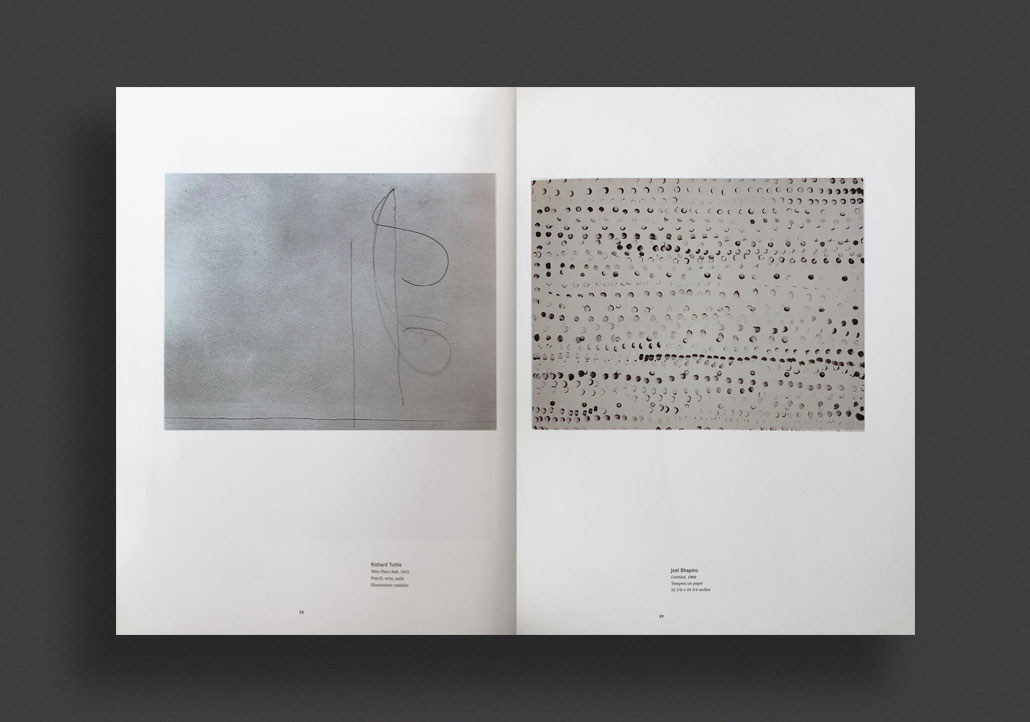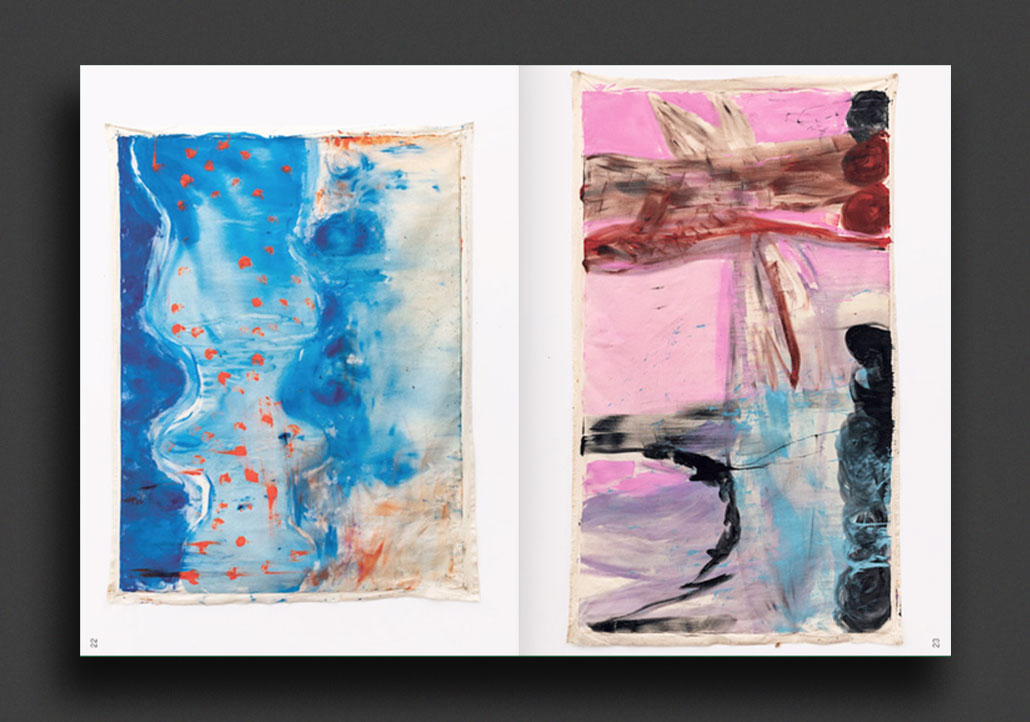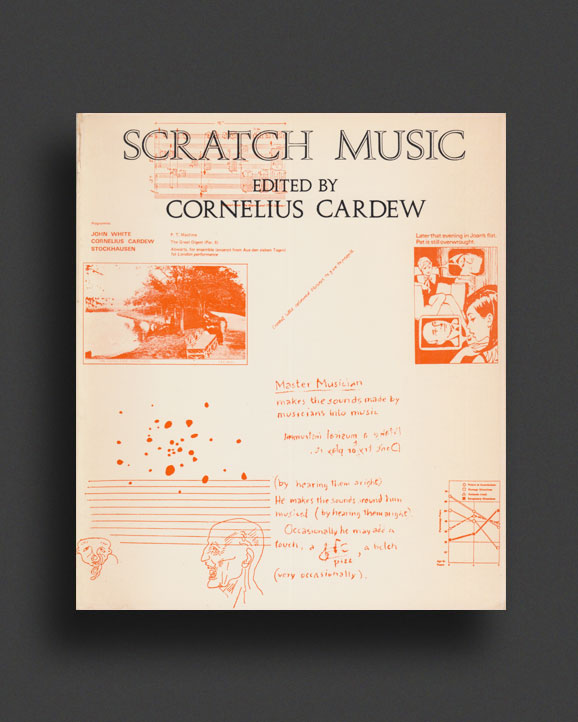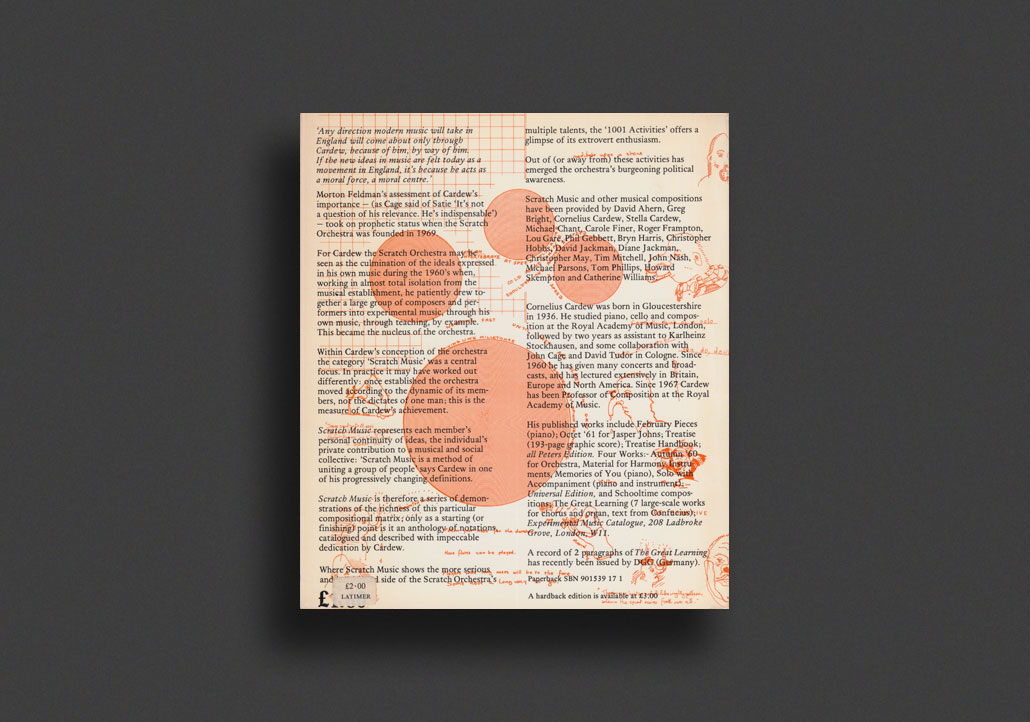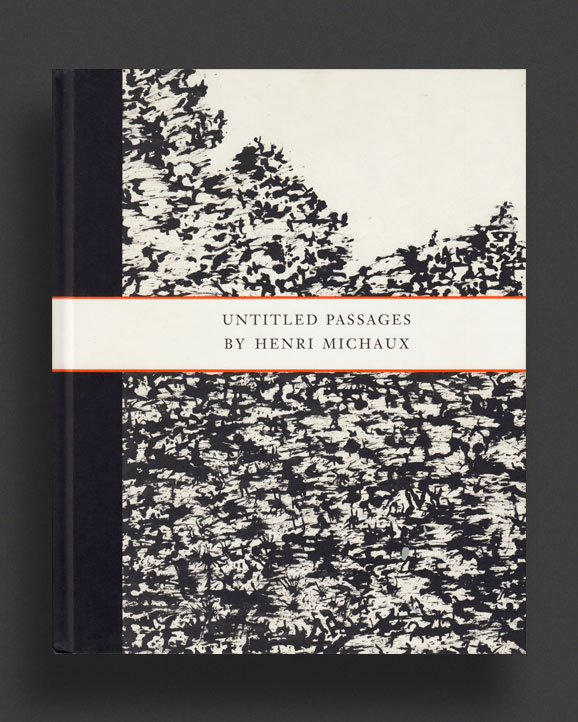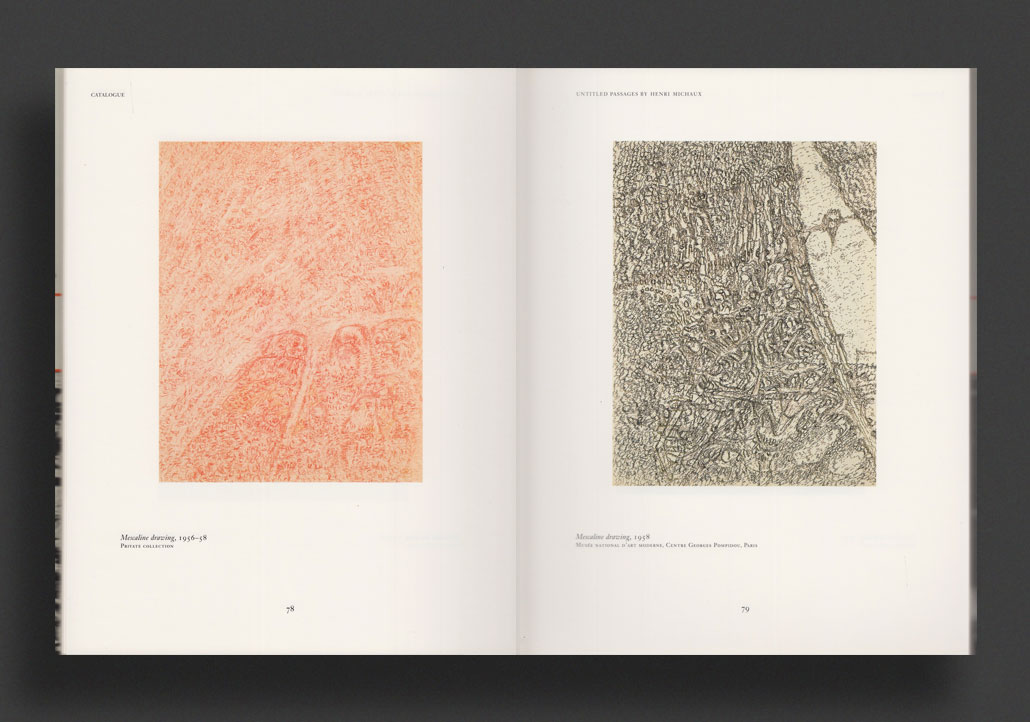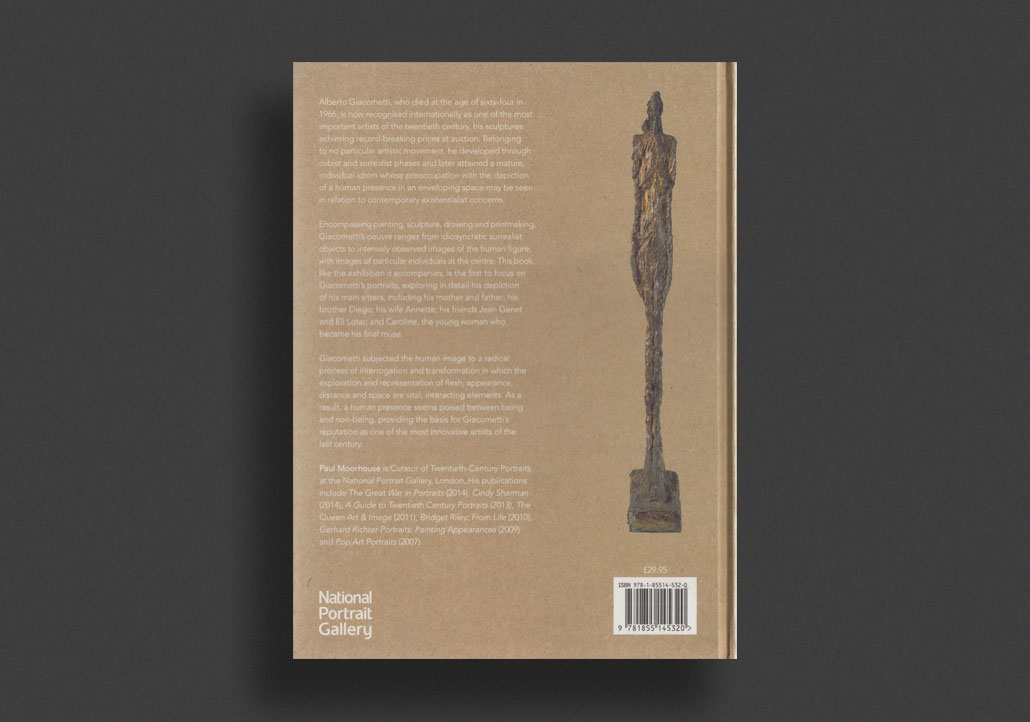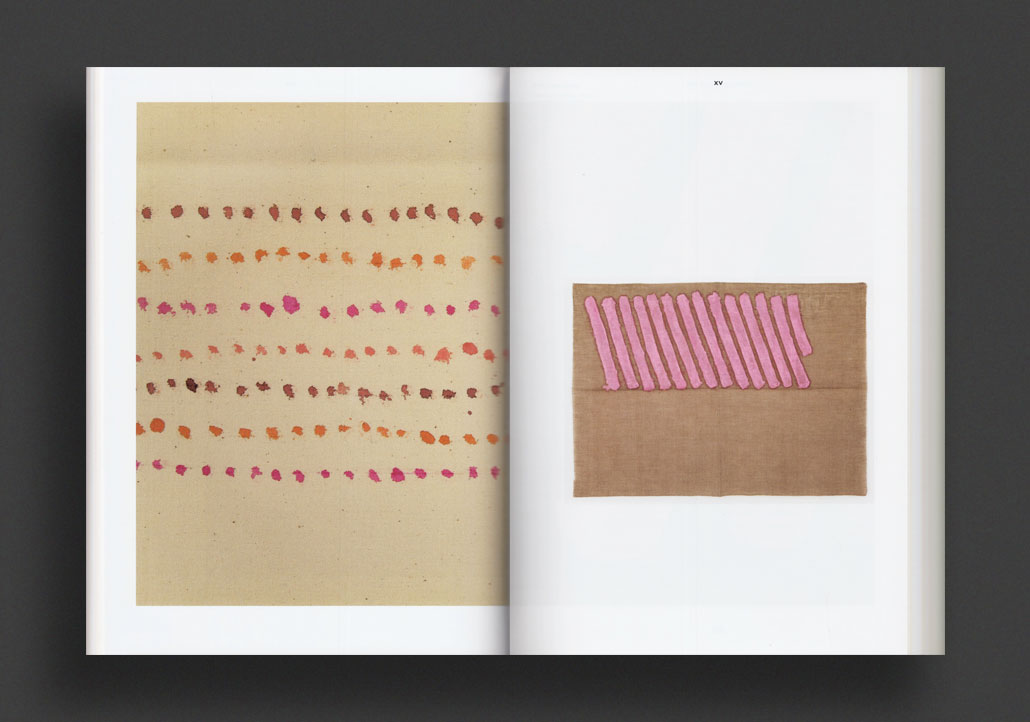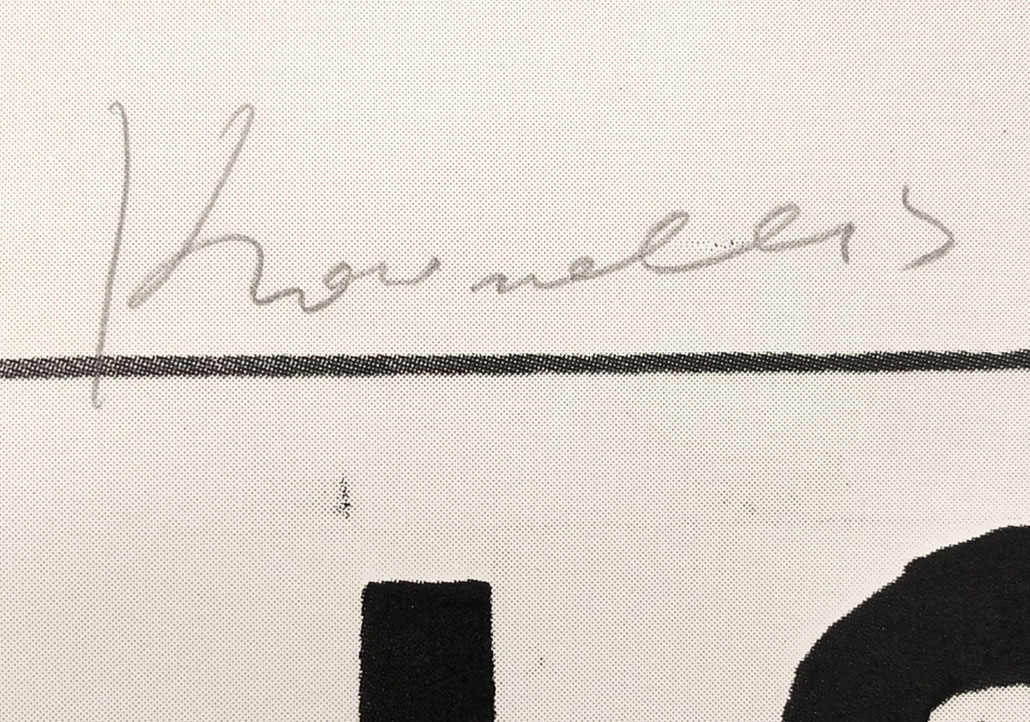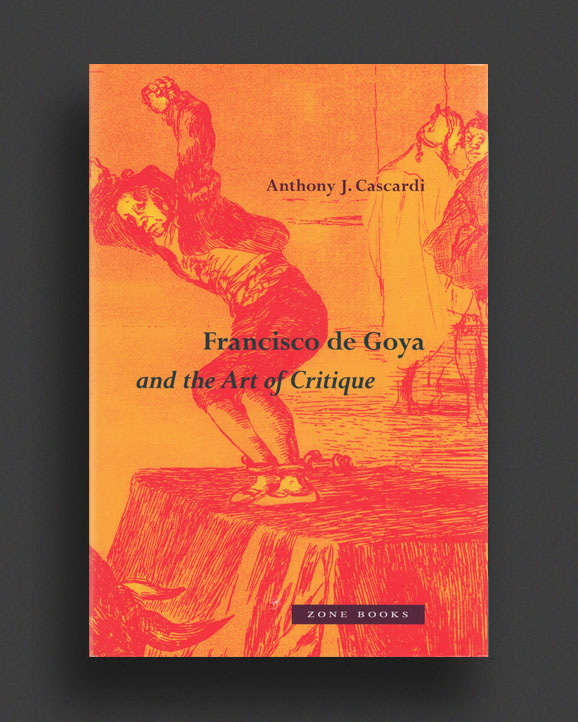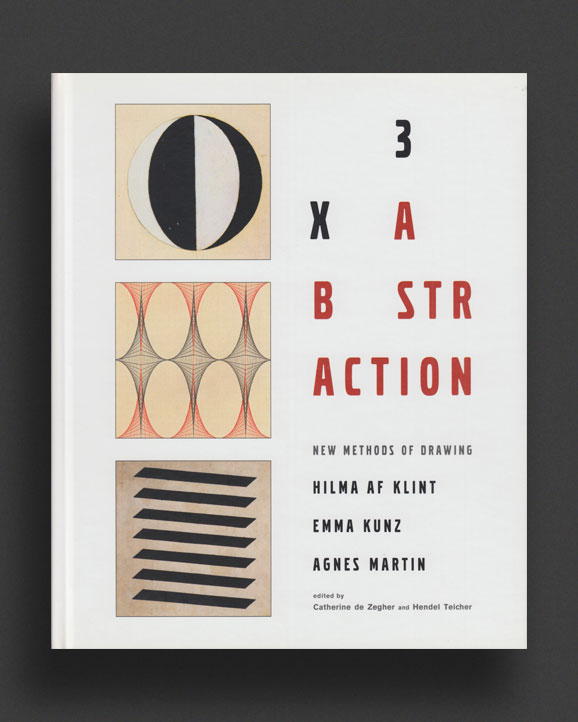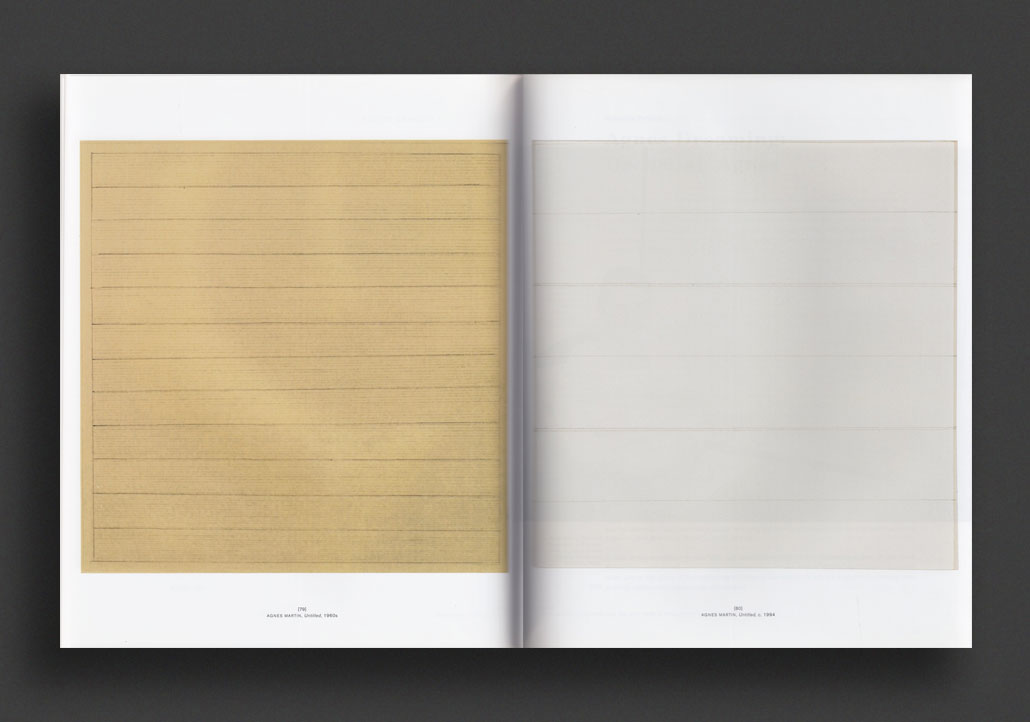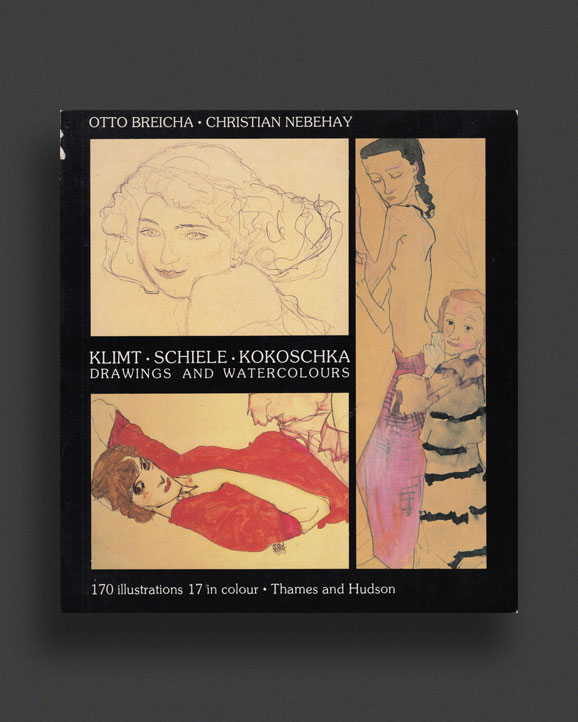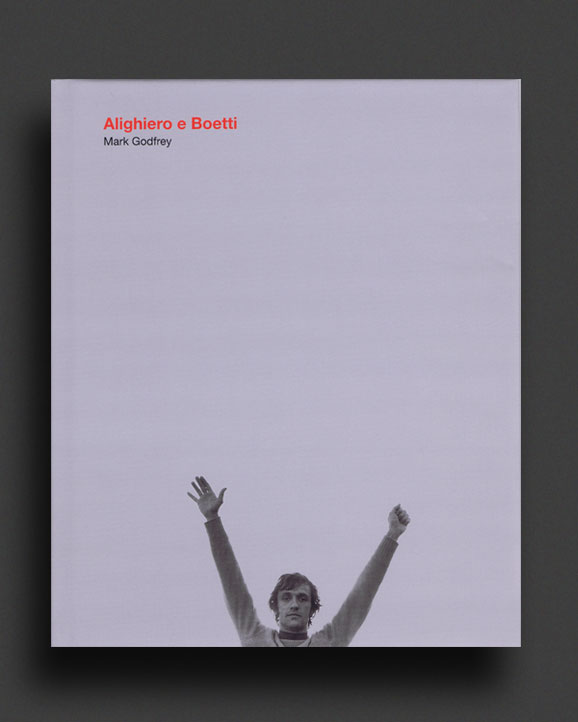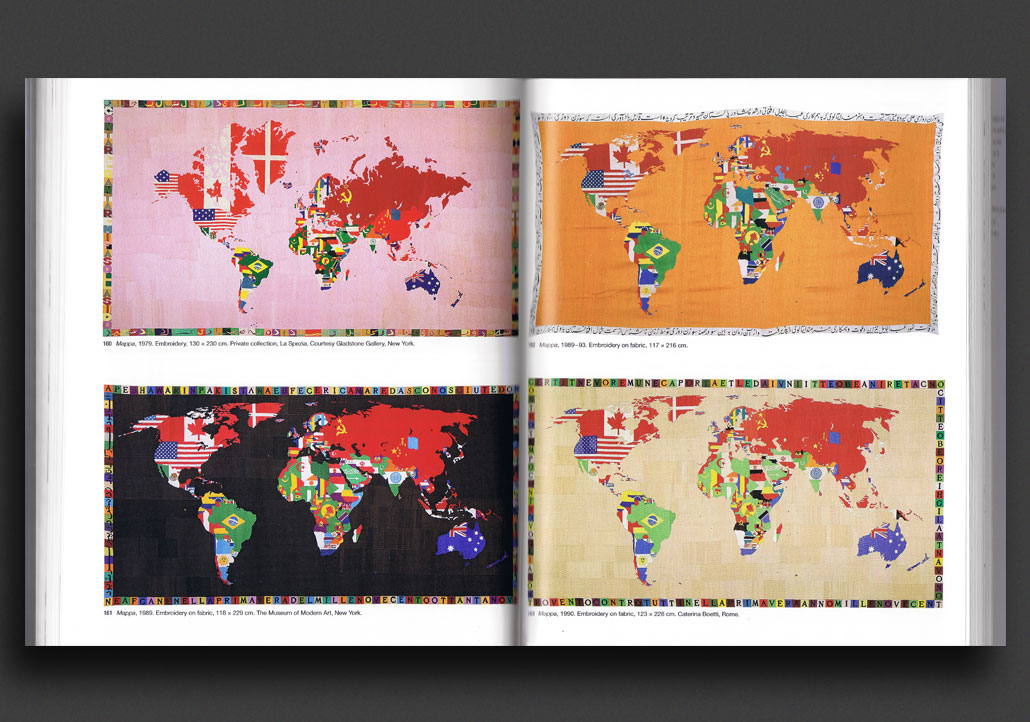(...less)
The very first 1972 UK edition of this historical publication by Cornelius Cardew, a key collection/collaborative manifesto of texts and scores by a group of British avant-garde musicians compiled and edited by the legendary experimental composer. Published by Latimer.
"Any direction modern music will take in England will come about only through Cardew, because of him, by way of him. If the new ideas in music are felt today as a movement in England, it's because he acts as a moral force, a moral centre."
This is Morton Feldman's assessment of Cardew's importance, an assessment that took on prophetic status when Cardew cofounded the Scratch Orchestra in 1969. This orchestra was a culmination of the ideals expressed in Cardew's own music in the 1960s when, working in almost total isolation from the musical establishment, he patiently drew together a large group of composers and performers into experimental music through his own compositional activities and through teaching. This group became the nucleus of the orchestra.
The draft constitution of the Scratch Orchestra opens as follows: "Definition: A Scratch Orchestra is a large number of enthusiasts pooling their resources (not primarily material resources) and assembling for action (music-making, performance, edification).
"Note: The word music and its derivatives are here not understood to refer exclusively to sound and related phenomena (hearing, etc). What they do refer to is flexible and depends entirely on the members of the Scratch Orchestra.
"The Scratch Orchestra intends to function in the public sphere, and this function will be expressed in the form of—for lack of a better word—concerts."
This lively book on the repertory the orchestra created is as much graphic and visual as it is verbal and about aural events and happenings. After all, scratch music itself is meant to be perceived by the eye and all the senses—not just by ear—so the notation used in preparing the scores for performance might be graphic, collage, verbal, or musical. The scores in Scratch Music are composed of written words, photographs, maps, graphs, diagrams, musical flow charts, conventional musical notation, whimsical drawings, playing cards, crossword puzzles, and other devices. Contemporary musicians, artists, and critics have long recognized both Cardew's music and this text as hugely influential and significant. Scratch Music demonstrates the extraordinary richness of this particular compositional matrix, giving the reader some idea of what it is like to put on a scratch music event.
Contents: Introduction; Scratch Music—Early Outlines and Later Notes; Scratch Music; Key to Scratch Music; Scratch Music Catalogue; 1001 Activities; Appendix: Four Compositions (David Ahern, Greg Bright, Michael Chant, Roger Frampton).
Cornelius Cardew (1936 – 1981) was an English experimental music composer. A student at the recently established the Studio for Electronic Music in Cologne, Cardew served as an assistant to Karlheinz Stockhausen from 1958 to 1960. Cardew was particularly prominent in introducing the works of American experimental composers such as Morton Feldman, La Monte Young, Earle Brown, Christian Wolff, and Cage to an English audience during the early to mid sixties and came to have a considerable impact on the development of English music from the late sixties onwards. In 1966, Cardew joined the free improvisation group AMM as cellist and pianist, alongside Lou Gare, Eddie Prévost, Keith Rowe, and one of his first students at the Royal Academy Christopher Hobbs. Performing with the group allowed Cardew to explore music in a completely democratic environment, freely improvising without recourse to scores. Cardew's most important scores from his experimental period are Treatise (1963–67), a 193-page graphic score which allows for considerable freedom of interpretation, and The Great Learning, a work in seven parts or "Paragraphs," based on translations of Confucius by Ezra Pound. The Great Learning instigated the formation of the Scratch Orchestra. During those years, he took a course in graphic design and he made his living as a graphic designer at Aldus Books in London. While teaching an experimental music class at London's Morley College in 1968, Cardew, along with Howard Skempton and Michael Parsons formed the Scratch Orchestra, a large experimental ensemble, initially for the purposes of interpreting Cardew's The Great Learning. He later rejected experimental music, his creative output from the demise of the Scratch Orchestra until his death reflected his political commitment as a member of the Communist Party of England (Marxist-Leninist) in the 1970s, and in 1979 as co-founder and member of the Central Committee of the Revolutionary Communist Party of Britain (Marxist-Leninist).
Very Good copy with some tanning and general wear.
File under:
Cornelius Cardew
AMM
Michael Parsons
Howard Skempton
David Ahern
Scratch Orchestra
Greg Bright
Roger Frampton
Michael Chant
David Jackman
Stella Cardew
John Nash
Tim Mitchell
Cornelius Cardew
Latimer / London
Art
Sound / Music
Theory / Essay
Sociology / Politics
Out-of-print / Rare
Drawing




















































































































































